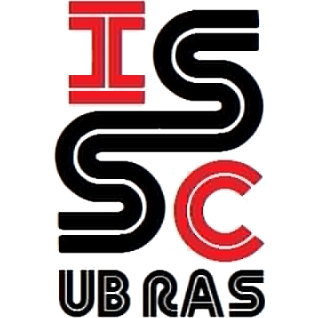Laboratory of Kinetic Phenomena
Solid-state NMR spectroscopy of compounds based on transition metals, nanoparticles, metal-hydrogen systems, organometallic frameworks, multiferroics and heterostructures based on them.
- NMR spectroscopy of solids with rotation of samples at a magic angle
- NMR spectroscopy of solids: metals and/or magnets
- Mossbauer spectroscopy (JAGR)
- NMR relaxometry

Research directions
Investigation of atomic diffusion and reorientation motion in metal–hydrogen systems. Mechanisms of electrical transfer in materials with ionic conductivity.
In the field of metal-hydrogen systems, the interest in which covers a wide range of problems from purely scientific to applied, using NMR and the method of quasi-elastic neutron scattering, priority results were obtained on the features of the diffusion motion of hydrogen atoms in the Laves phases: the coexistence of two types of hopping motion of H atoms with different characteristic frequencies was found. The fast hopping process represents local jumps of H atoms over small groups of internodes; it has a pronounced quantum nature. The slow hopping process is responsible for the diffusion of hydrogen over long distances. A correlation has been found between the characteristic frequencies of these two processes and the structure of the sublattice of internodes in these compounds (A.V. Skripov, PhD, PhD). The laboratory is also intensively studying the dynamics of lithium atoms in solid electrolytes and ion conductors using NMR methods (A.L. Buzlukov, PhD, S.N.S., I.Y. Arapova, Ph.D., S.N.S.).
Nonlinear dynamic phenomena in systems with long-range magnetic order: domains, domain boundaries, vortex and low-dimensional structures.
The study of highly dispersed magnetic structures (including those in the nanocrystalline state) is carried out using nuclear gamma-resonance spectroscopy (the Mössbauer effect) and Mössbauer spectroscopy on conversion electrons
Resonance spectroscopy of phase transitions and critical phenomena in highly correlated systems based on d- and f–elements, including nanoparticles and heterostructures.
The laboratory conducts research on a wide class of systems with strong electron-electron correlations: high-temperature superconductors, manganites, low-dimensional systems and multiferroics. A number of interesting results have been obtained here. For example, the NMR study of manganites (La0.25Pr0.75)0.7Ca0.3MnO3 enriched with oxygen 18O in the paramagnetic region in external magnetic fields showed that in a field of the order of 5 Tl, the NMR signal from 139La nuclei completely disappears. Its disappearance is a consequence of an abnormal increase in the rate of spin–spin relaxation during the substitution of 16O → 18O. The observed isotope effect indicates a significant role of lattice dynamics in the formation of the ground state and long-range magnetic order in manganites. A comprehensive study of the magnetic structure of single crystals of multiferroics LiCu2O2, NaCu2O2 has been performed using nuclear magnetic resonance methods. The spatial orientation of planar spin spirals in Cu2+-O copper-oxygen chains and its evolution depending on the direction of the external magnetic field are determined.
Investigation of atomic diffusion and reorientation motion in metal–hydrogen systems. Mechanisms of electrical transfer in materials with ionic conductivity.
In the field of metal-hydrogen systems, the interest in which covers a wide range of problems from purely scientific to applied, using NMR and the method of quasi-elastic neutron scattering, priority results were obtained on the features of the diffusion motion of hydrogen atoms in the Laves phases: the coexistence of two types of hopping motion of H atoms with different characteristic frequencies was found. The fast hopping process represents local jumps of H atoms over small groups of internodes; it has a pronounced quantum nature. The slow hopping process is responsible for the diffusion of hydrogen over long distances. A correlation has been found between the characteristic frequencies of these two processes and the structure of the sublattice of internodes in these compounds (A.V. Skripov, PhD, PhD). The laboratory is also intensively studying the dynamics of lithium atoms in solid electrolytes and ion conductors using NMR methods (A.L. Buzlukov, PhD, S.N.S., I.Y. Arapova, Ph.D., S.N.S.).









